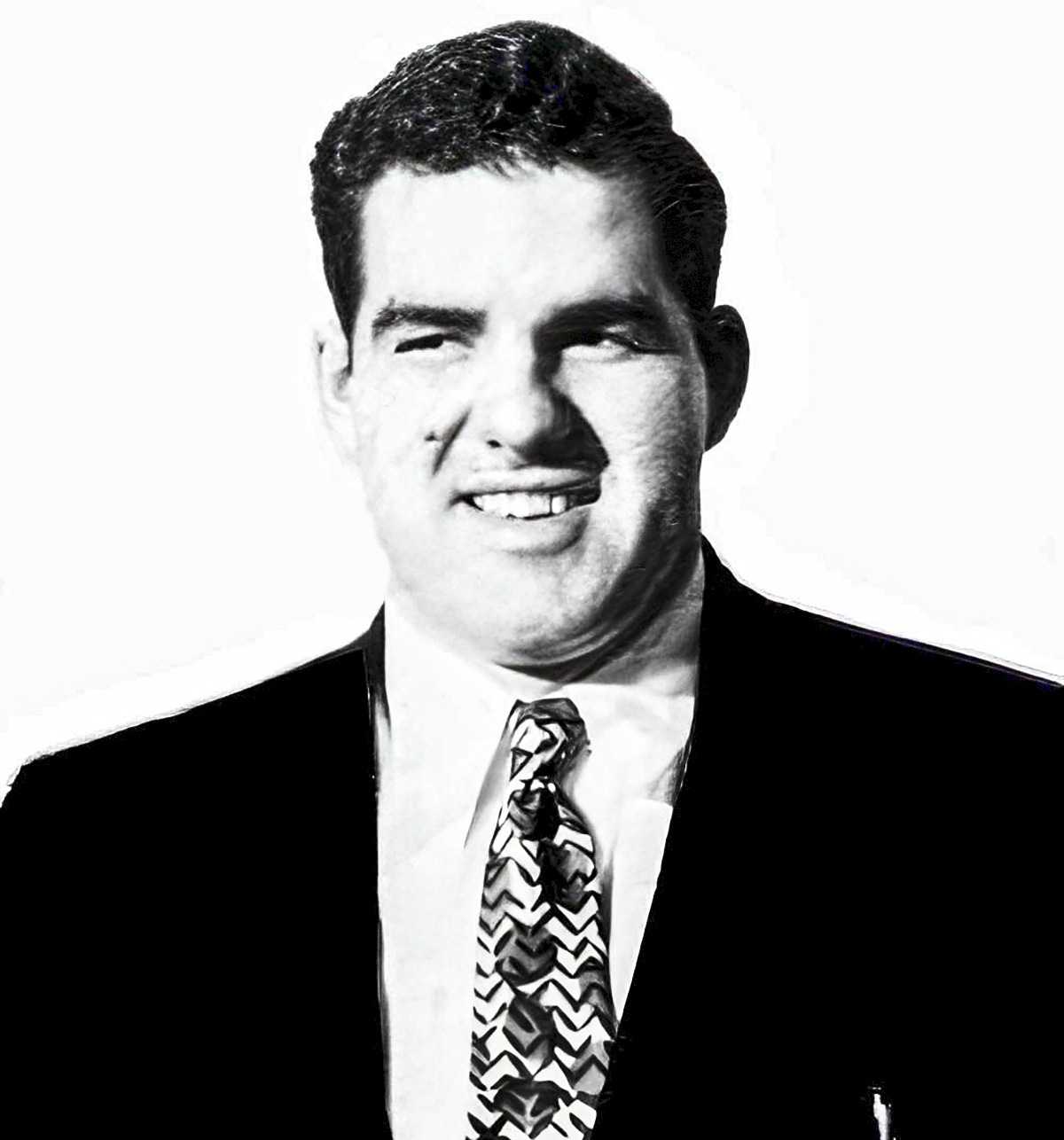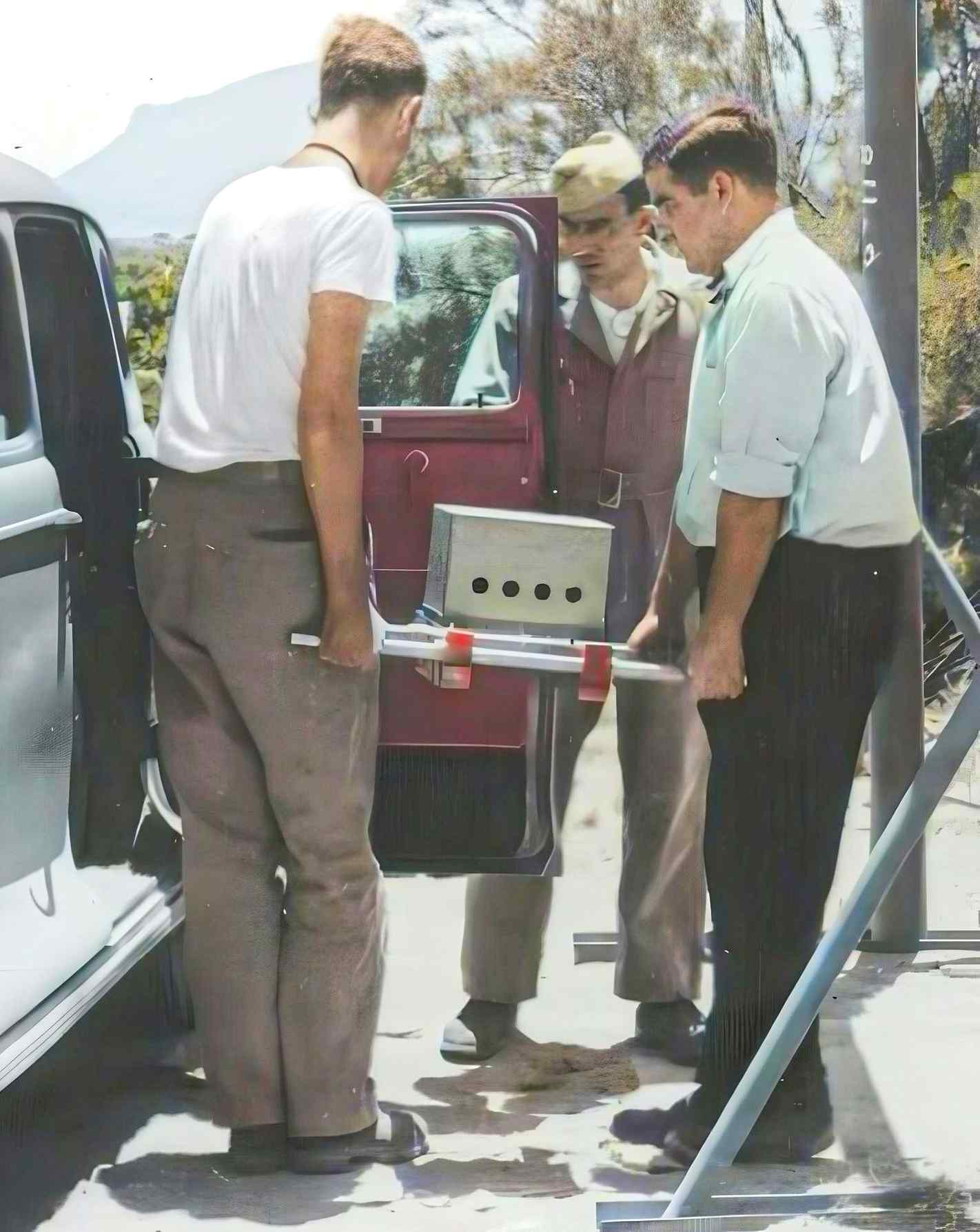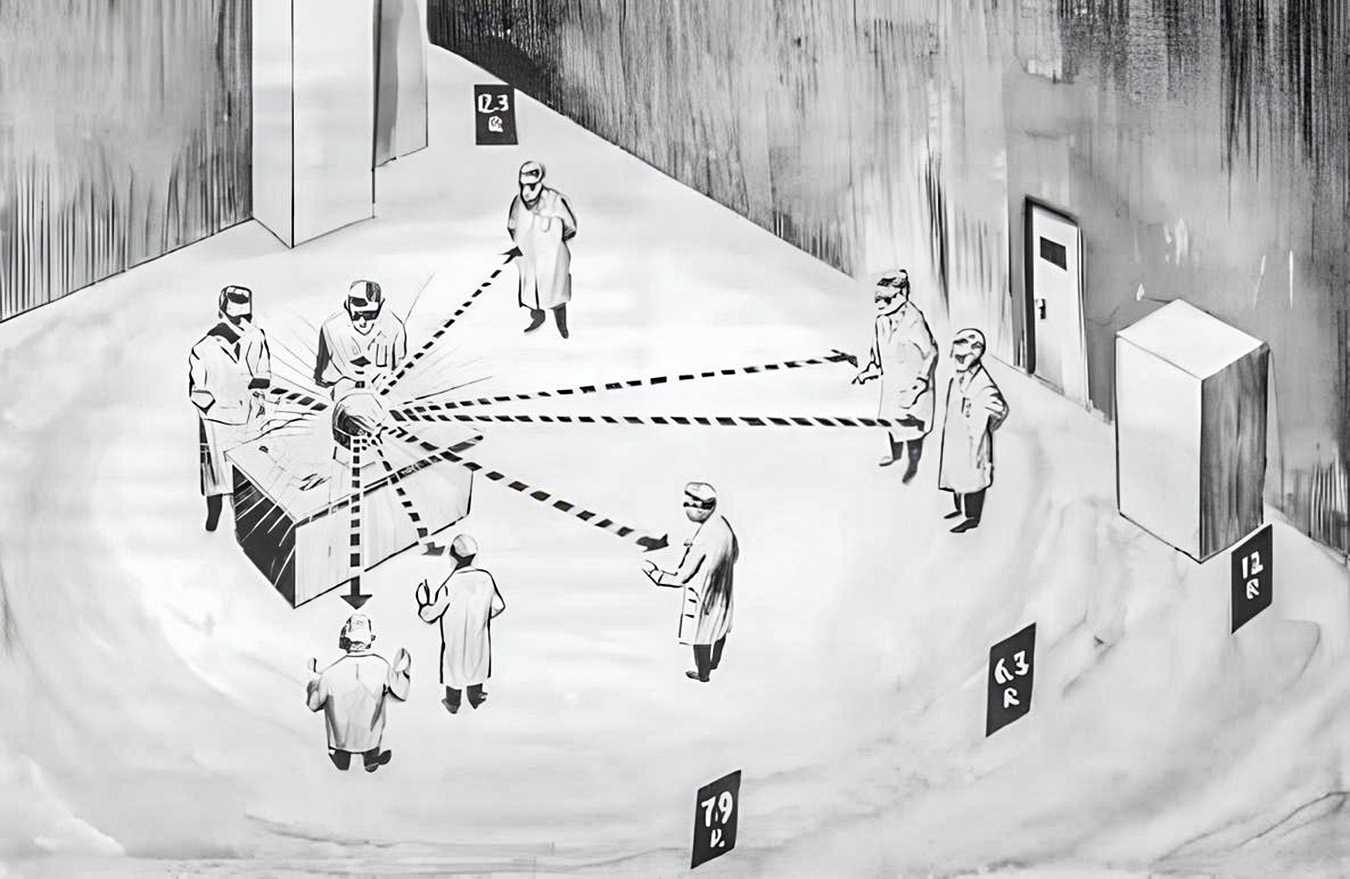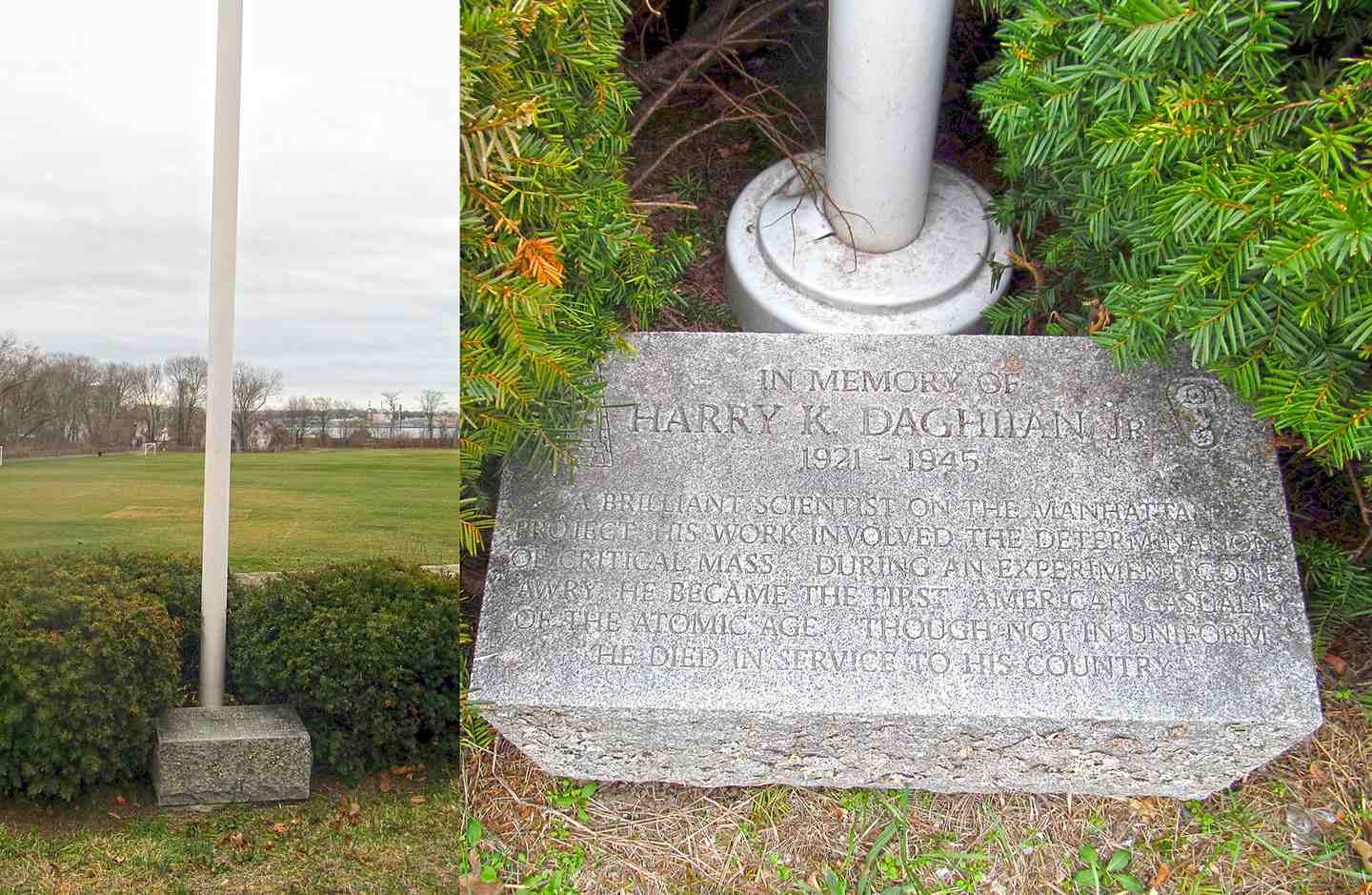The development of nuclear technology has left deep marks not only in the fields of science and the military but also in cultural and artistic spheres. Since the mid-20th century, the fear and uncertainty brought about by nuclear weapons have found a vast space in art, literature, and popular culture.
Godzilla: The Cinematic Reflection of a Nuclear Allegory
The 1954 film Godzilla, directed by Ishirō Honda, presents an allegorical take on the devastating effects of nuclear weapons. The film reflects Japan’s trauma following the atomic bombings of Hiroshima and Nagasaki during World War II. Godzilla is depicted as a monster awakened by nuclear testing, symbolizing the consequences of humanity’s interference with nature. In this regard, Godzilla has become one of the most iconic representations of nuclear fear in cinema.
The nuclear allegory of Godzilla does not only reflect Japan’s fears but also resonates with the global anxiety surrounding nuclear weapons. The film foresees the catastrophic consequences of uncontrolled nuclear technology while also raising questions about how humanity can cope with this peril. Godzilla remains one of the strongest cinematic examples of nuclear cultural influence.
Cold War Literature: Literary Representations of Nuclear Fear
The Cold War era was a period when the fear of nuclear weapons was extensively explored in literature. Works written during this time addressed the potential consequences of nuclear war and the psychological state of humanity in the face of this looming threat. Authors such as Shūsaku Endō combined nuclear anxiety with existential concerns, offering a profound analysis of human fears.
Cold War literature not only examined the physical effects of nuclear war but also delved into its psychological and moral implications. Many works from this period emphasized the devastating impact of nuclear warfare on humanity while simultaneously carrying messages of peace and hope. Nuclear fear became one of the most dominant themes in literature during this time.
The Fallout Series: A Post-Nuclear Dystopia
The first Fallout game, released in 1997, portrays a dystopian world in the aftermath of nuclear war. The game explores what the world might become after a nuclear catastrophe and how humanity would struggle to survive in this new reality. The Fallout series stands as one of the most significant examples of nuclear cultural influence in video games.
The dystopian universe of Fallout examines not only the physical aftermath of nuclear war but also its social and cultural consequences. The game delves into new societal structures that emerge after a nuclear disaster, the survival struggles of individuals, and the moral dilemmas they face.
The Fallout series remains one of the most compelling representations of nuclear cultural influence in popular culture.
Stanley Kubrick and Dr. Strangelove: The Dark Humor of Nuclear Fear
Stanley Kubrick’s 1964 film Dr. Strangelove or: How I Learned to Stop Worrying and Love the Bomb presents nuclear war through the lens of dark comedy. The film satirically portrays the absurdity of uncontrolled nuclear weapons, emphasizing the helplessness of humanity in the face of this existential threat. Dr. Strangelove is one of the most unique cinematic representations of nuclear cultural influence.
Kubrick’s film questions not only the physical consequences of nuclear war but also its psychological and moral dimensions.
By employing dark humor, Dr. Strangelove critiques the political and military decisions that could lead to nuclear catastrophe. The film remains an unforgettable piece of cinema that underscores the cultural impact of nuclear fear.







